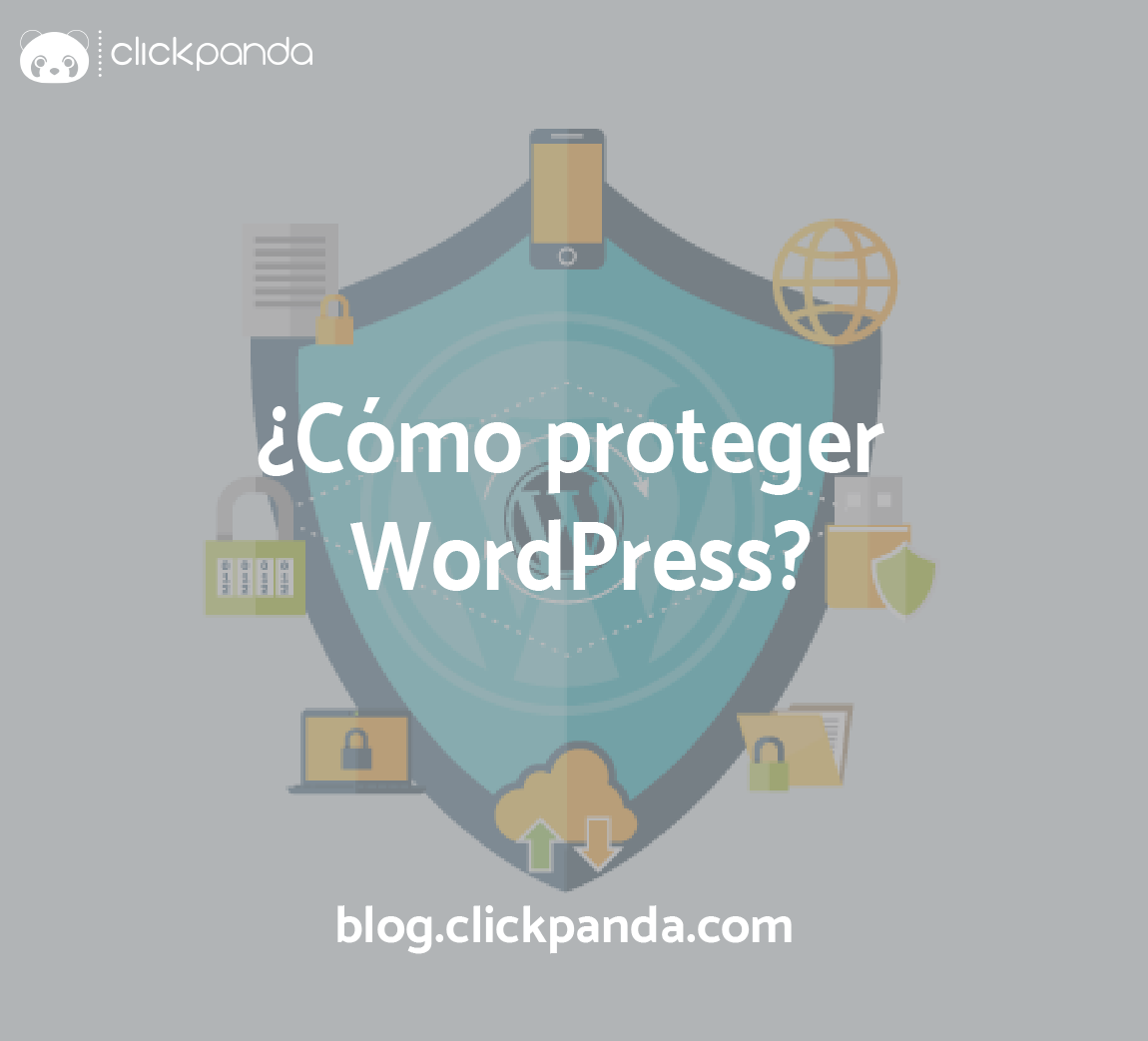
WordPress is one of the most popular platforms for creating websites, used by millions of people around the world. Its ease of use and flexibility make it an ideal choice for beginners and experienced developers alike. However, its popularity also makes it an attractive target for attackers. Protecting your WordPress site from vulnerabilities is paramount to maintaining the security and integrity of your content and data. We want to share with you the best practices for securing your WordPress site effectively.
Recommendations for protecting WordPress
Keep WordPress up to date
Keeping your WordPress installation up to date is one of the easiest and most effective ways to protect your site. Updates not only include new features, but also security patches that fix known vulnerabilities.- Enable automatic updates for WordPress.
- Regularly review and update themes and plugins.
- Remove obsolete or unused themes and plugins.
Uses Strong Passwords and Two-Factor Authentication
Be sure to use strong passwords and consider implementing two-factor authentication (2FA) for an additional layer of security.- Use passwords that combine letters, numbers and special characters.
- Change your passwords regularly.
- Use a password manager to store and generate secure passwords.
- Implement 2FA using plugins such as Google Authenticator.
Install Security Plugins
Security plugins can provide additional protection against a variety of threats. Some plugins offer features such as malware scanning, malicious IP blocking and activity monitoring.- Install a reliable security plugin such as Wordfence, Sucuri or iThemes Security.
- Set up alerts for suspicious activity.
- Performs regular malware scans.
Performs Regular Backups
Backups are the solution to recover your site in case of an attack or system failure. Be sure to make regular backups of your site and store them in a safe place.- Use backup plugins such as UpdraftPlus or BackupBuddy.
- Set up automatic backups.
- Store backups in a remote location, such as a cloud storage service.
Limit Login Attempts
Limiting login attempts can prevent these attacks.- Use plugins such as Login LockDown or Limit Login Attempts Reloaded.
- Configures temporary blocking after several unsuccessful attempts.
- Enables two-factor authentication for an additional layer of security.
Protect the wp-config.php File
The wp-config.php file contains sensitive information about the configuration of your WordPress site. Protecting this file is essential for the security of your site.- Move the wp-config.php file to a higher directory outside the web root.
- Set the appropriate file permissions for wp-config.php.
- Add rules in the .htaccess file to prevent unauthorized access.
Use SSL Certificates
An SSL certificate encrypts data transmitted between the server and the user's browser, protecting sensitive information from being intercepted.- Purchase and install an SSL certificate for your site.
- Configure WordPress to use HTTPS instead of HTTP.
- Verify that all site pages and resources are loaded via HTTPS.
Monitor Your Site
Constant monitoring of your site can help you quickly detect and respond to any suspicious activity or security breaches.- Use monitoring services such as Sucuri or Jetpack.
- Set up alerts for unusual changes in files and site activity.
- Regularly check the server activity logs.







